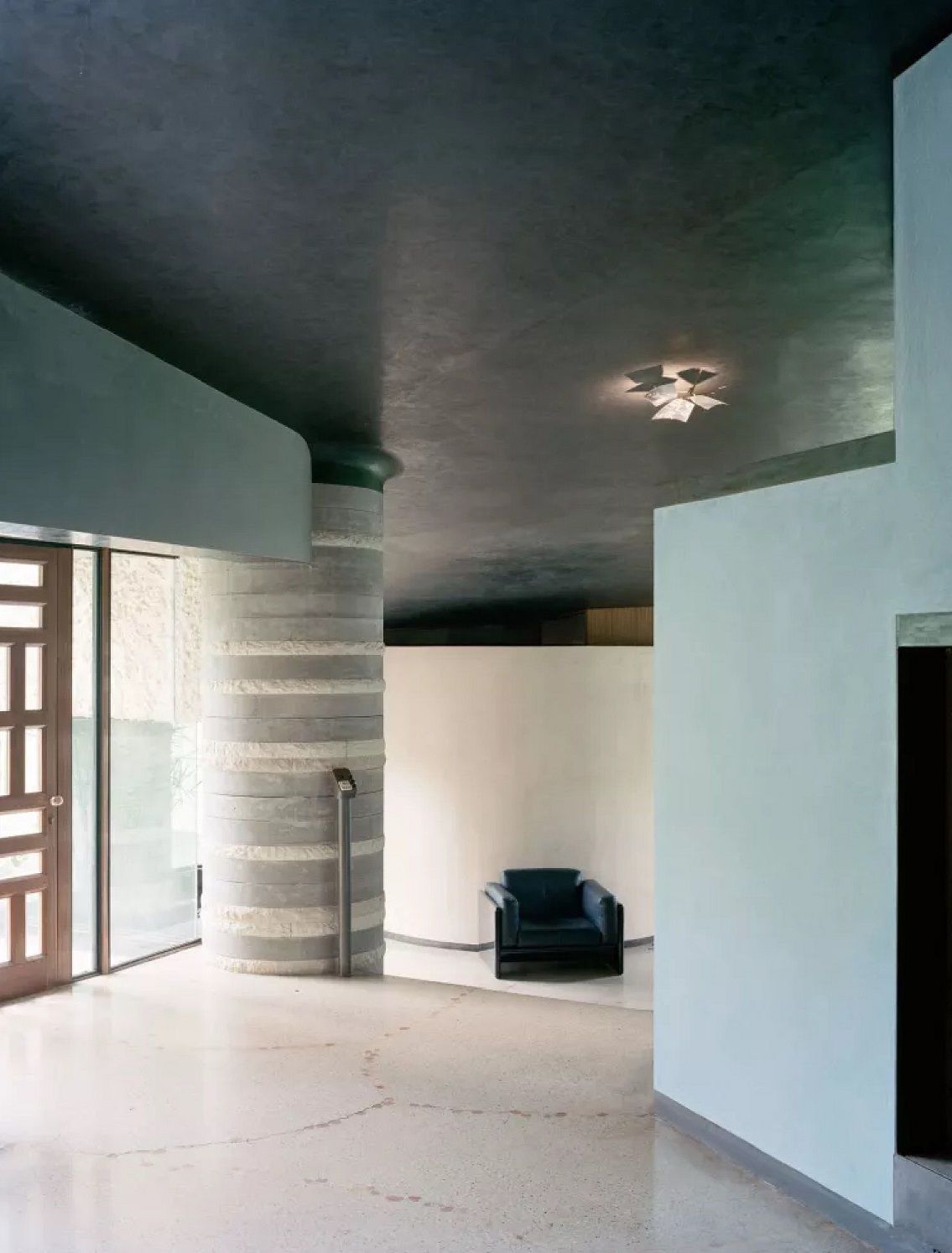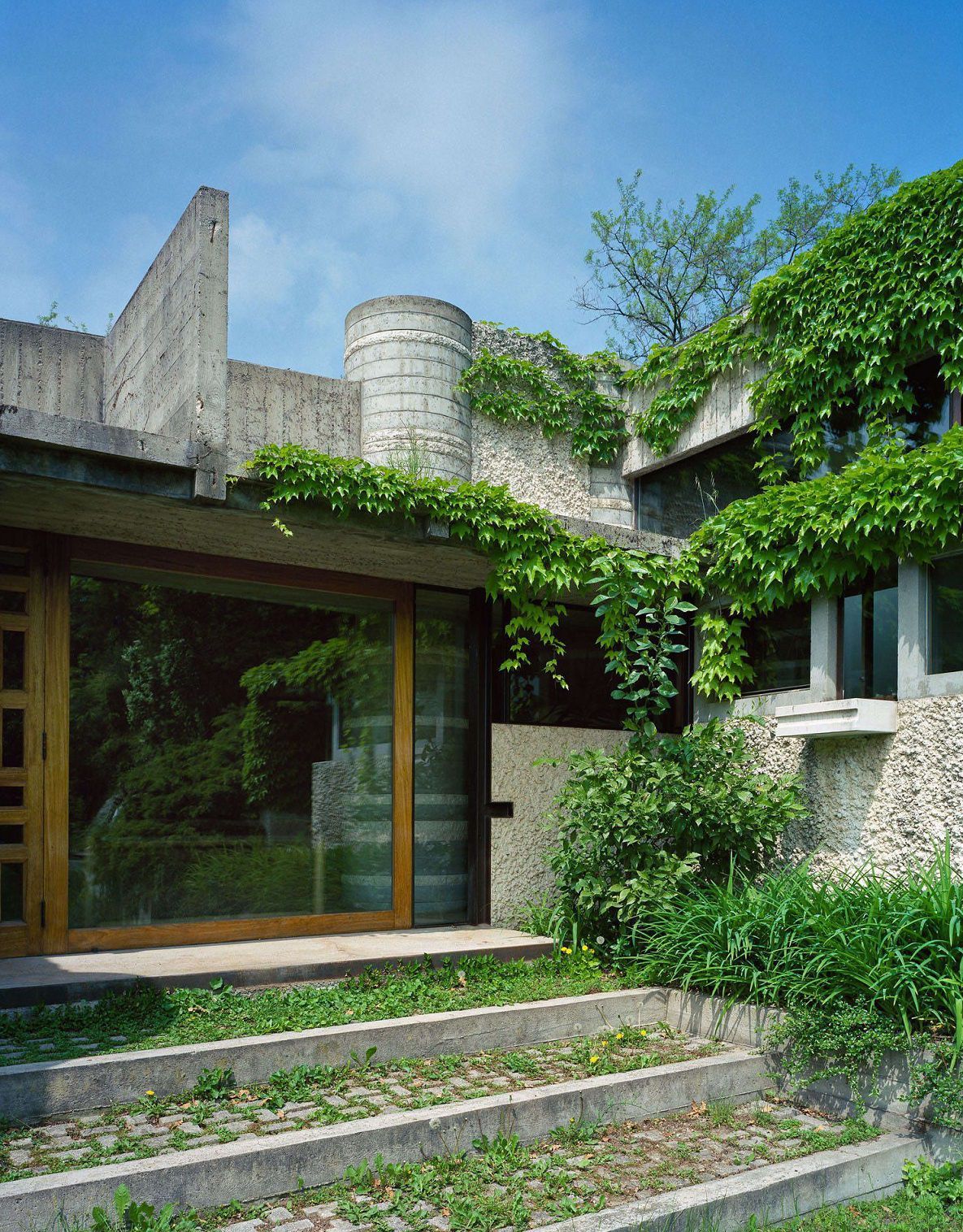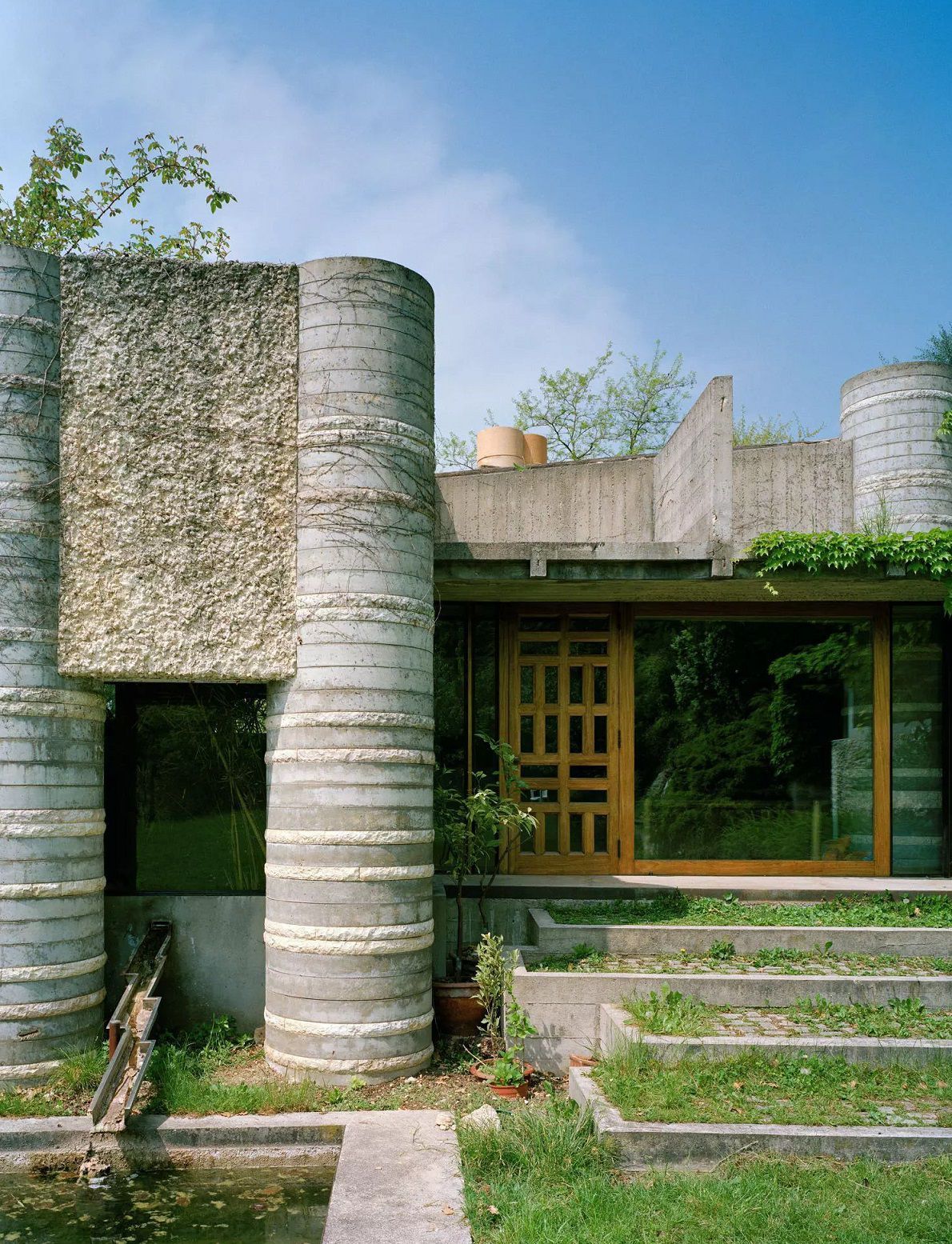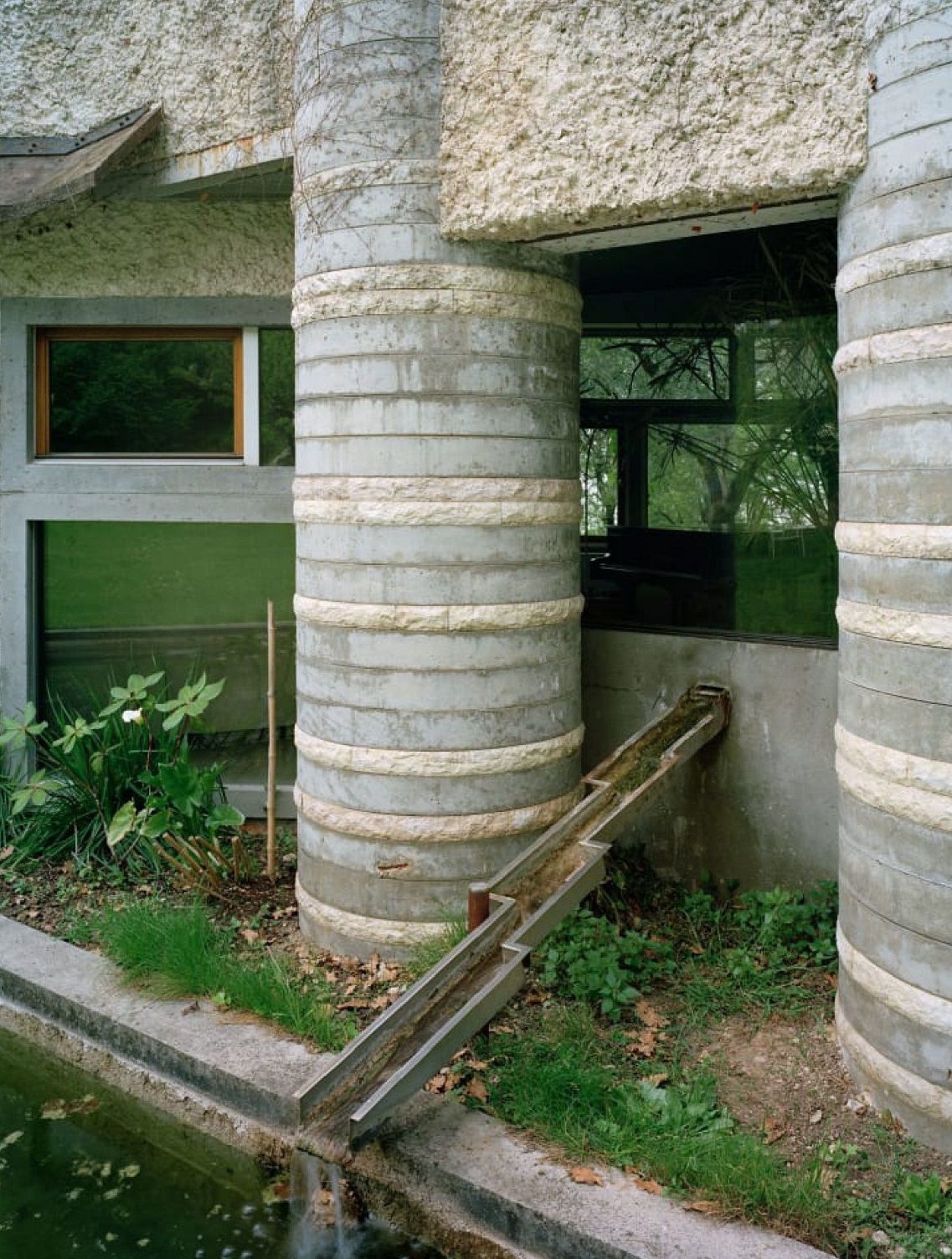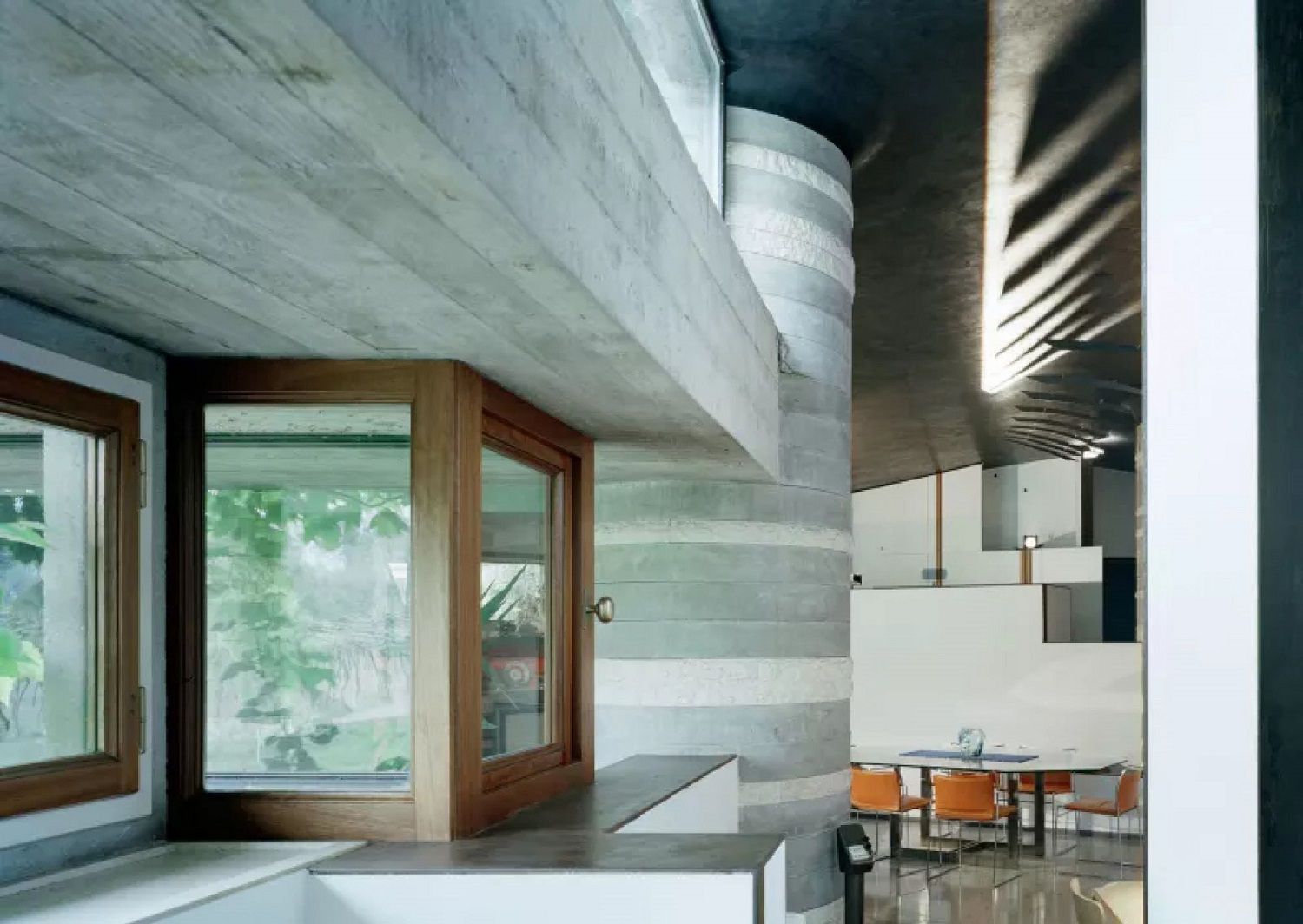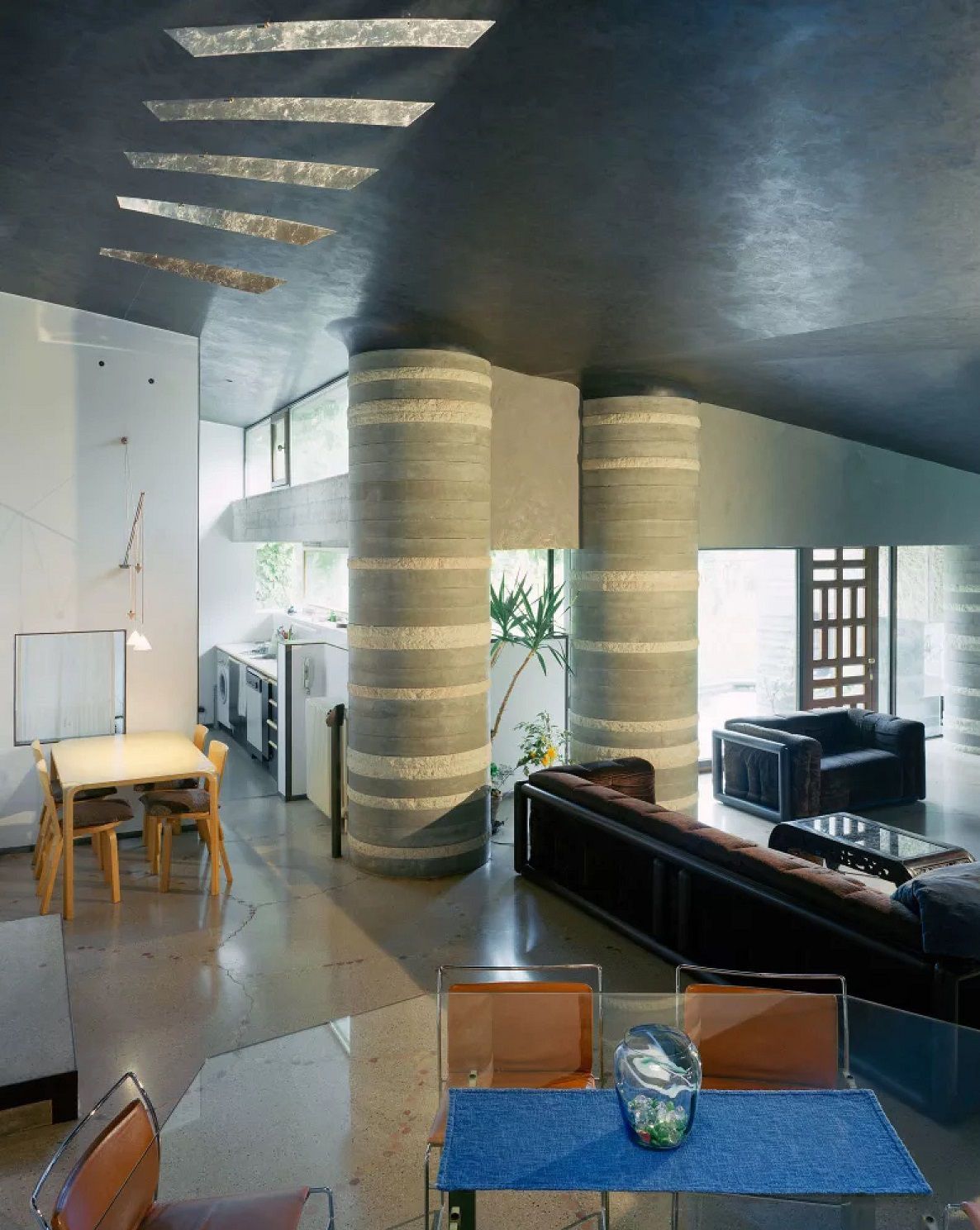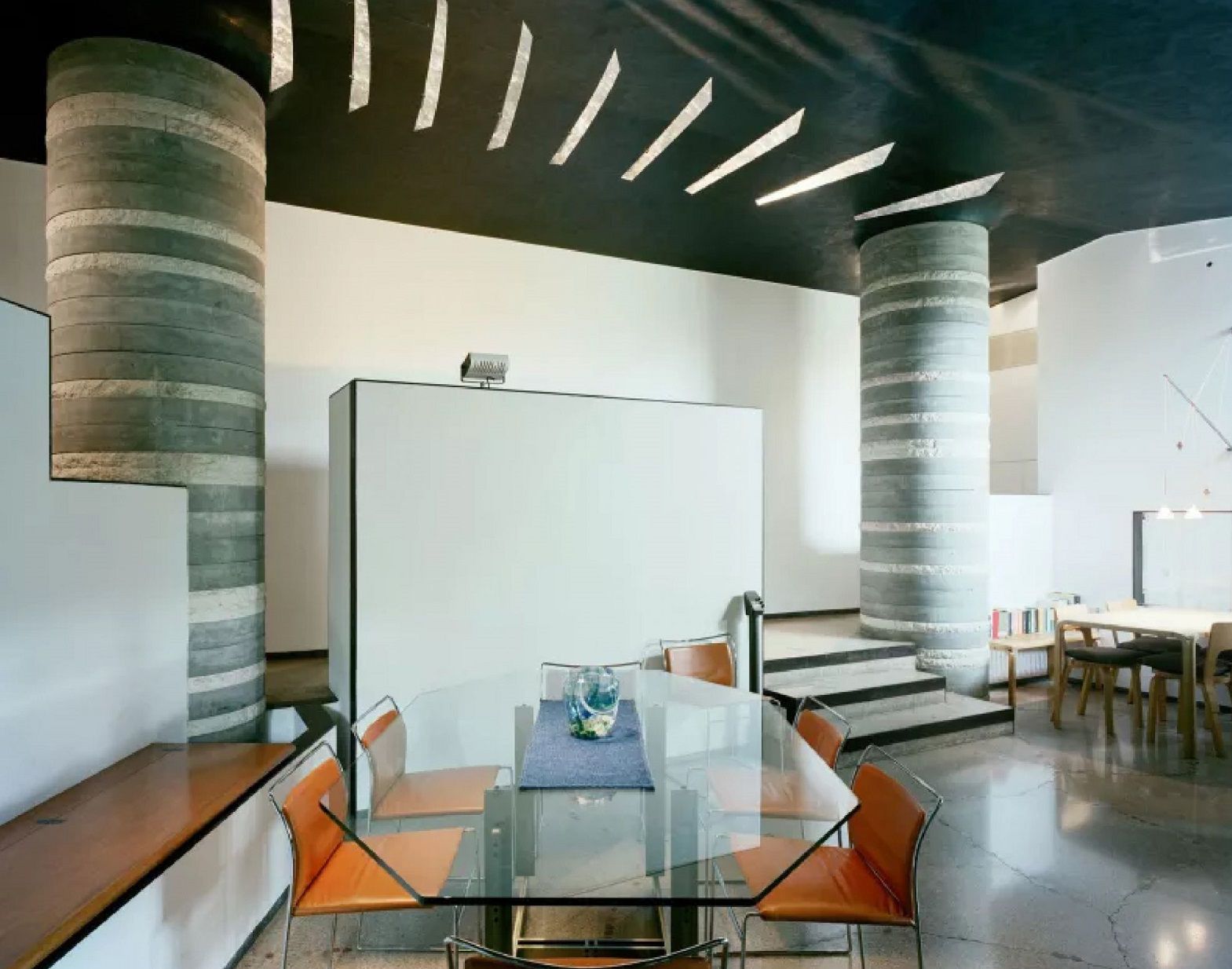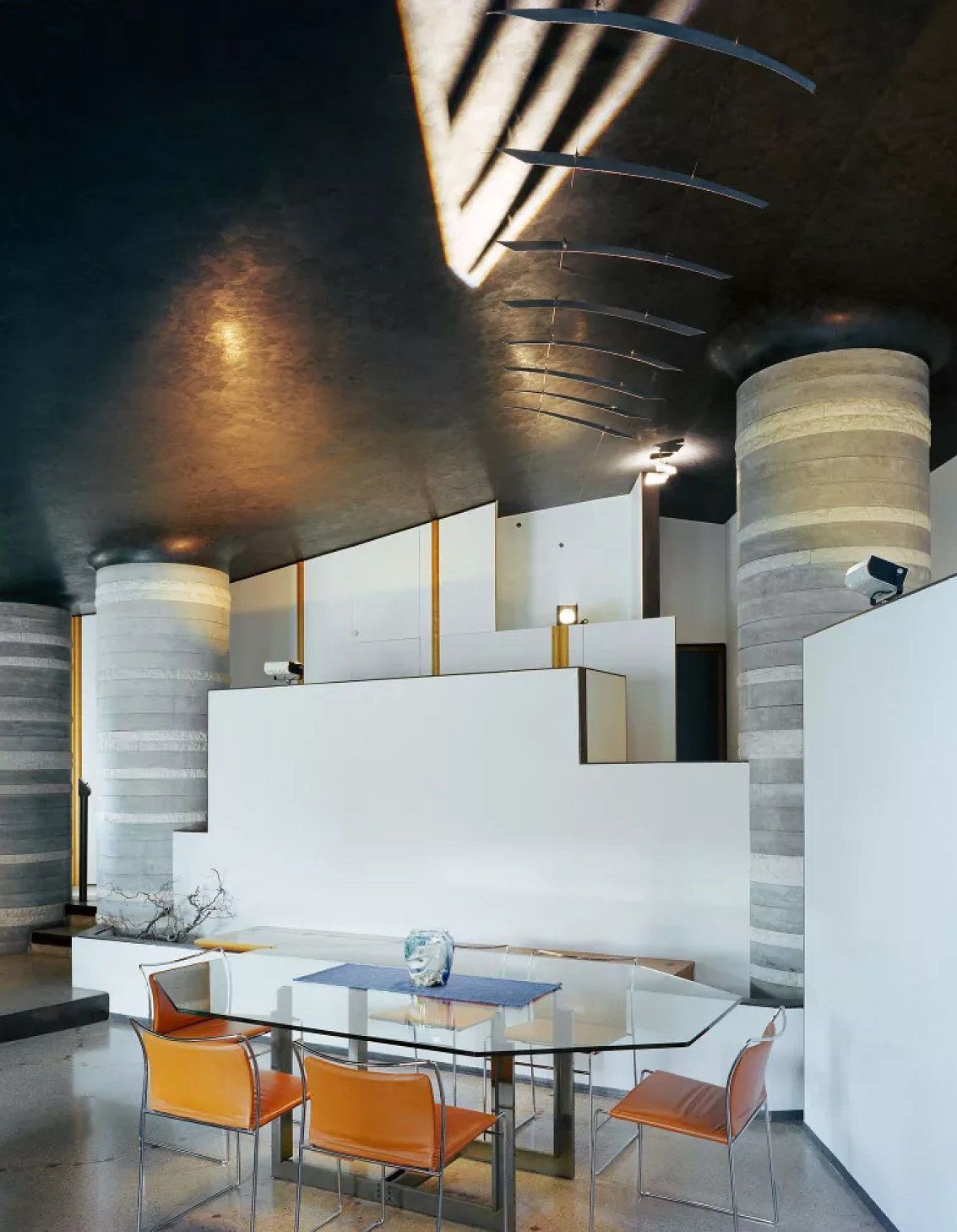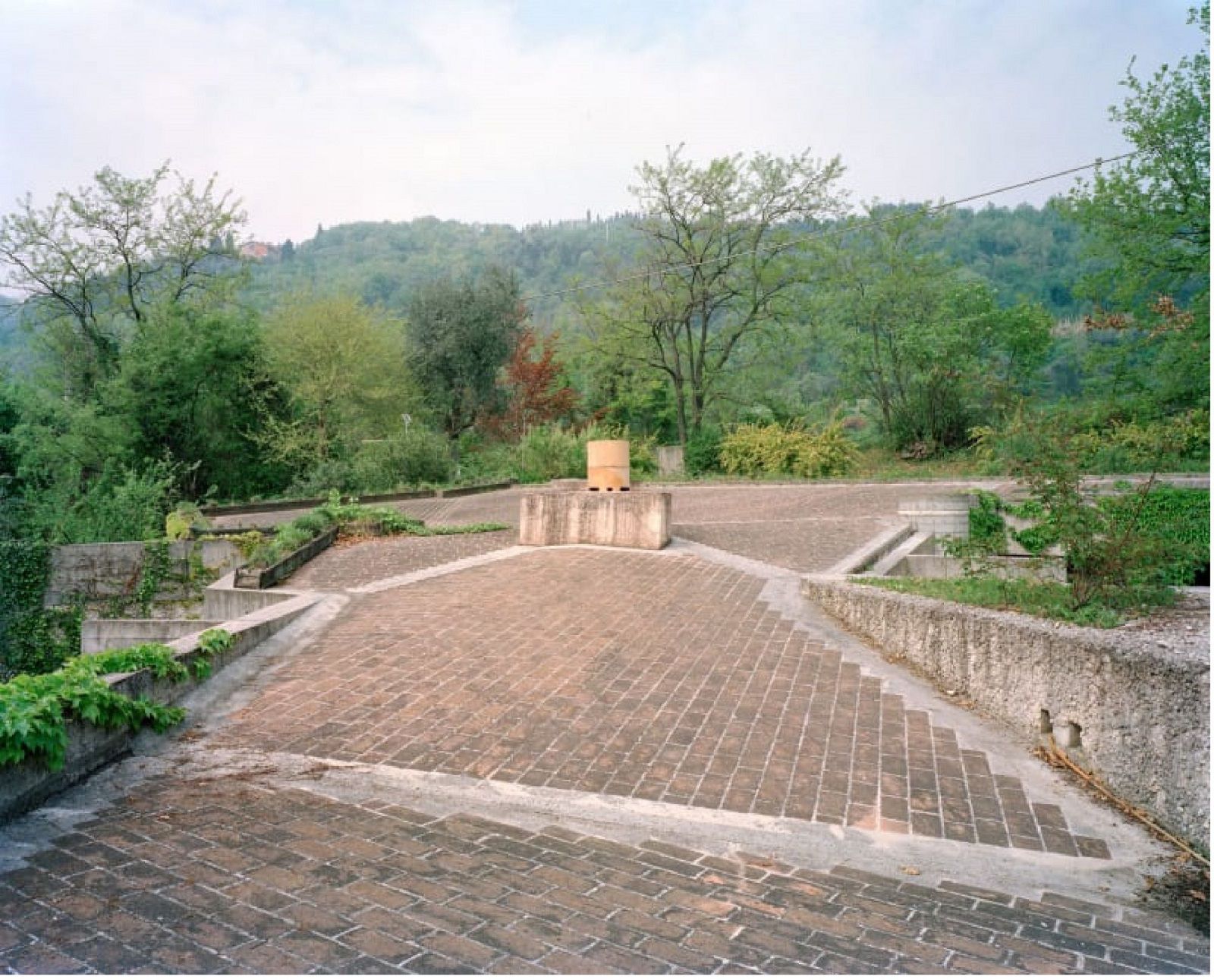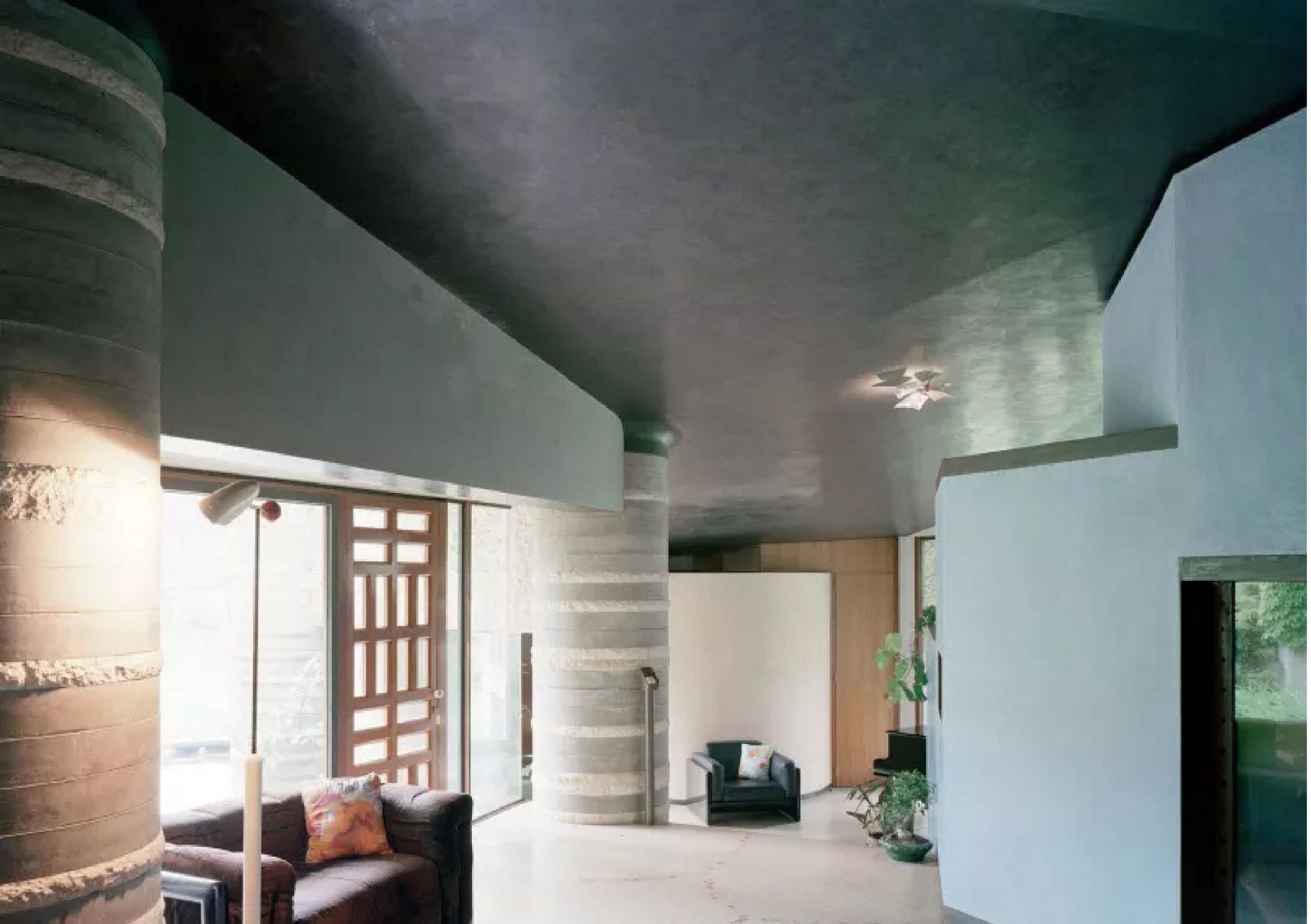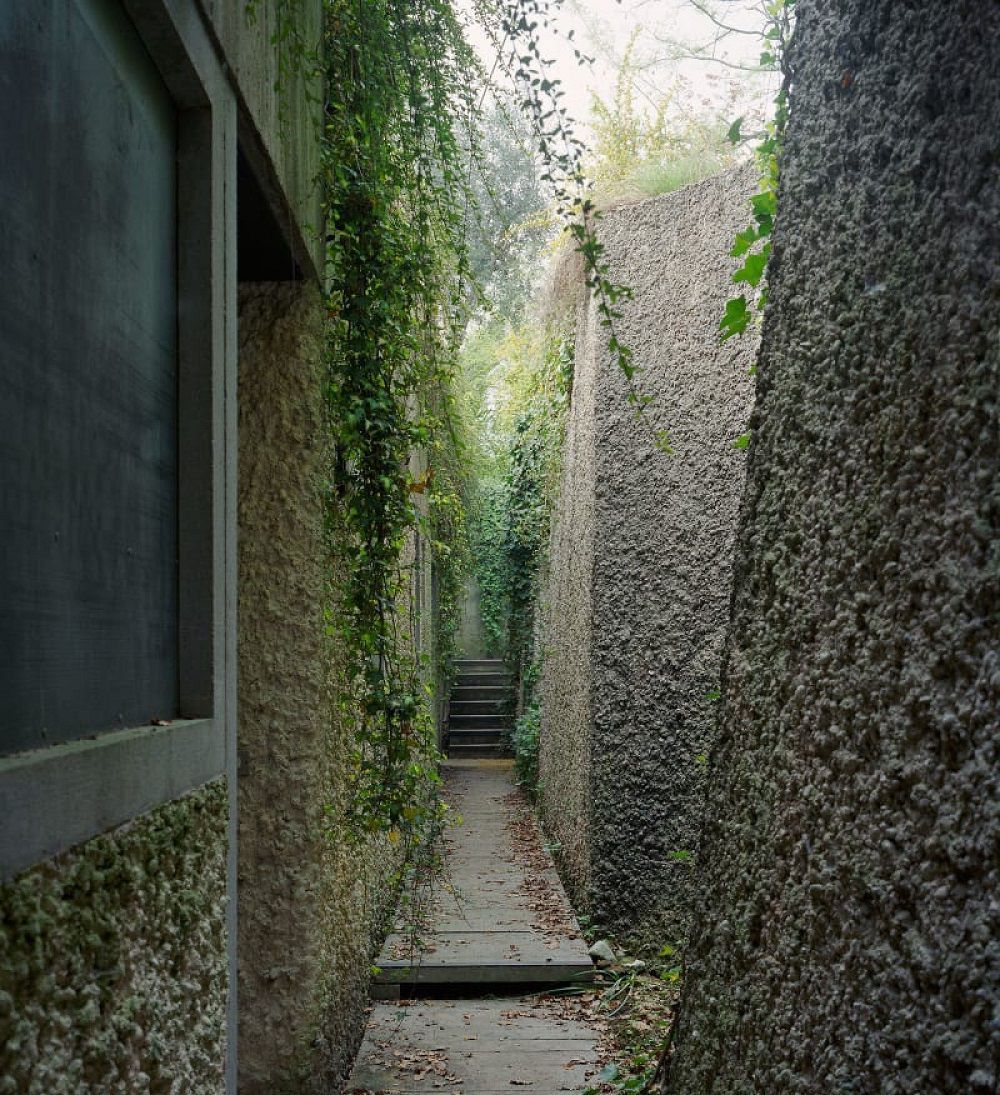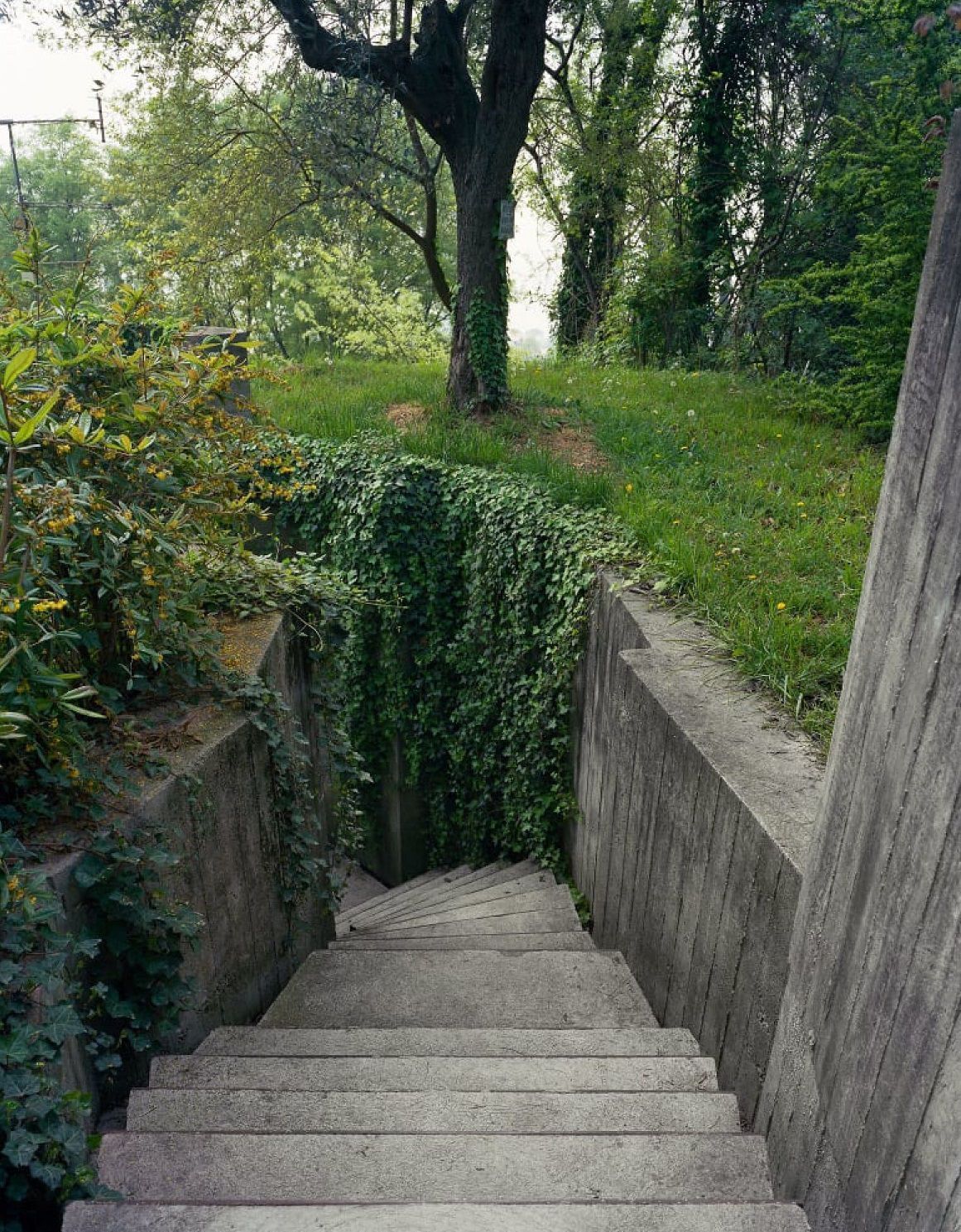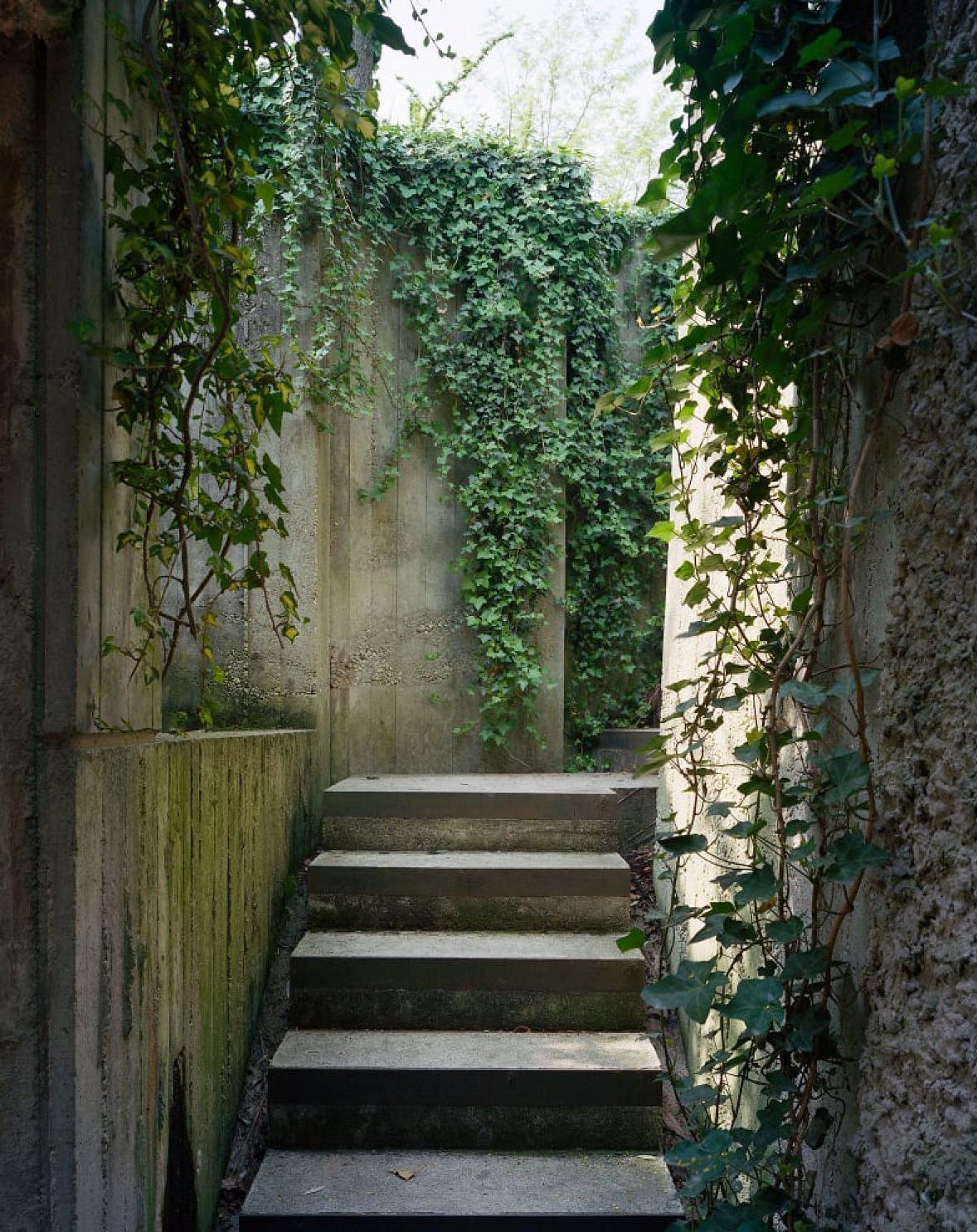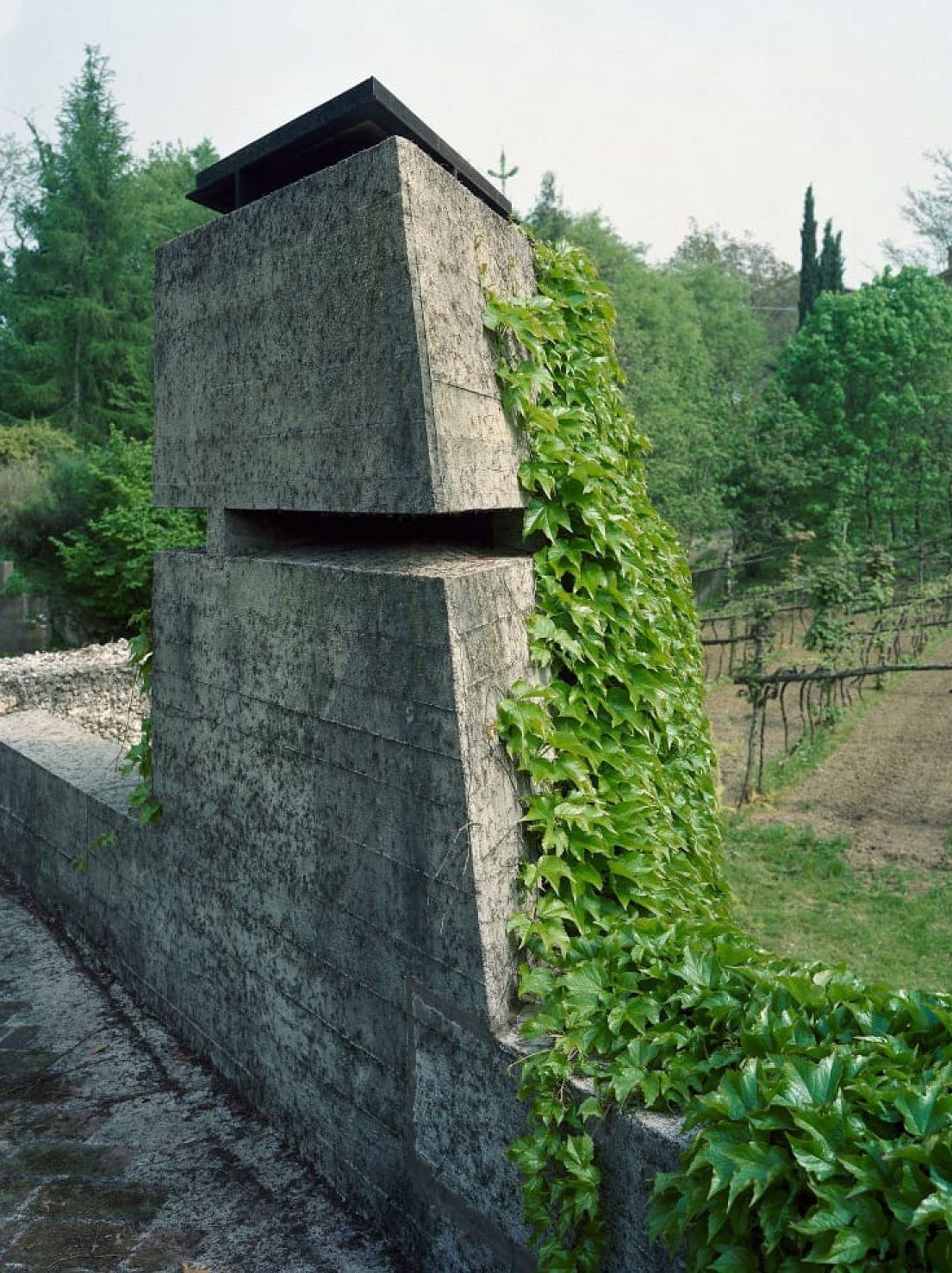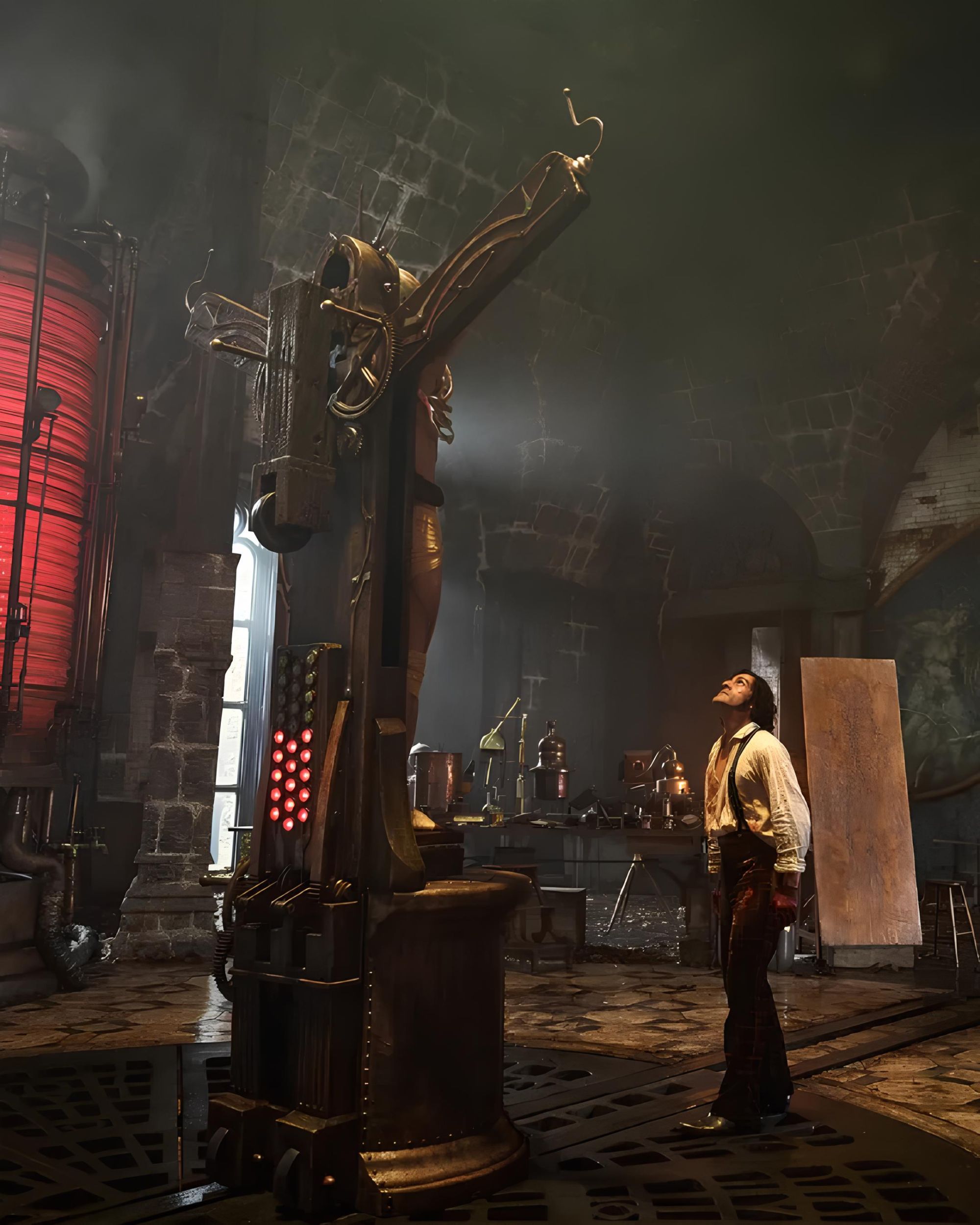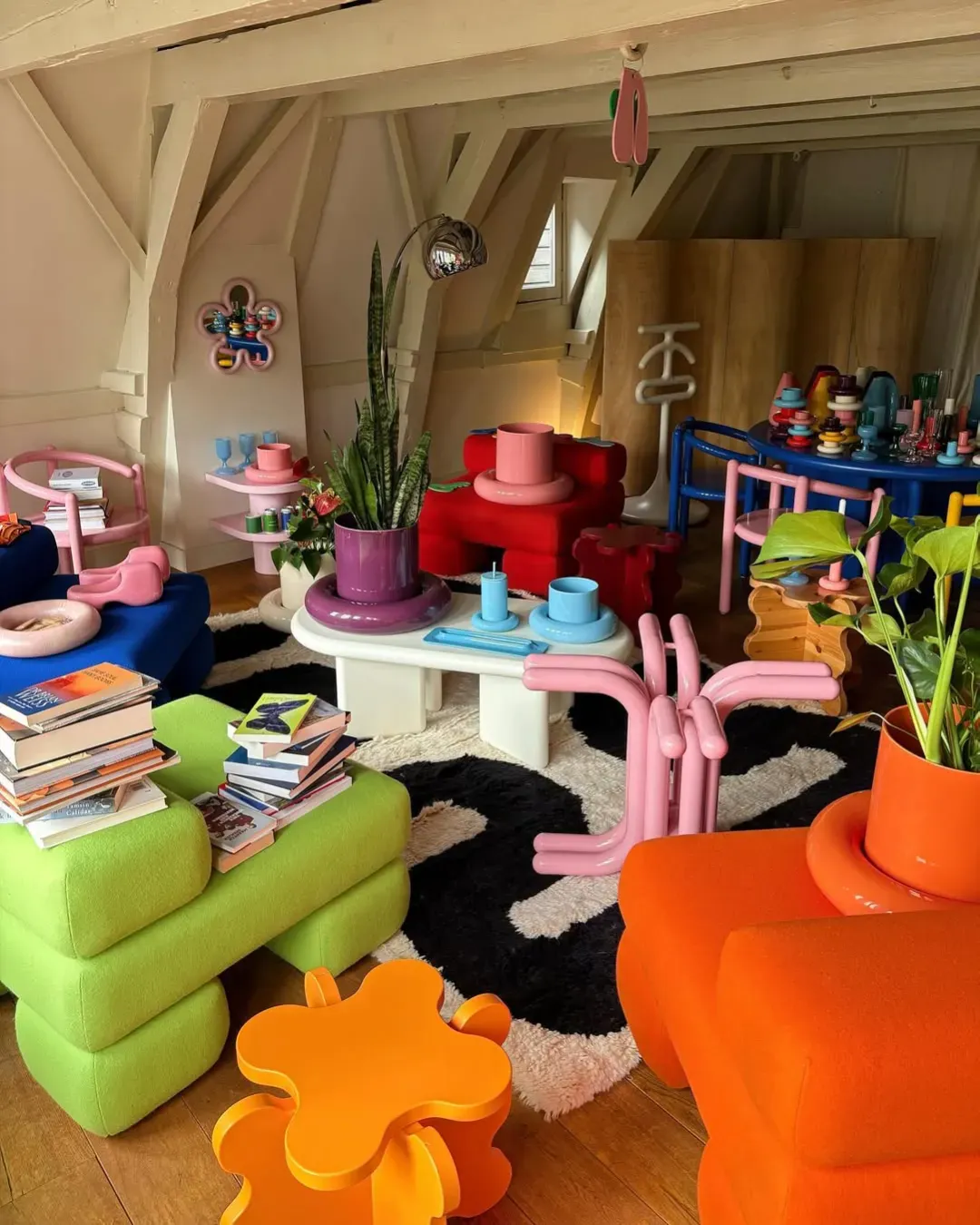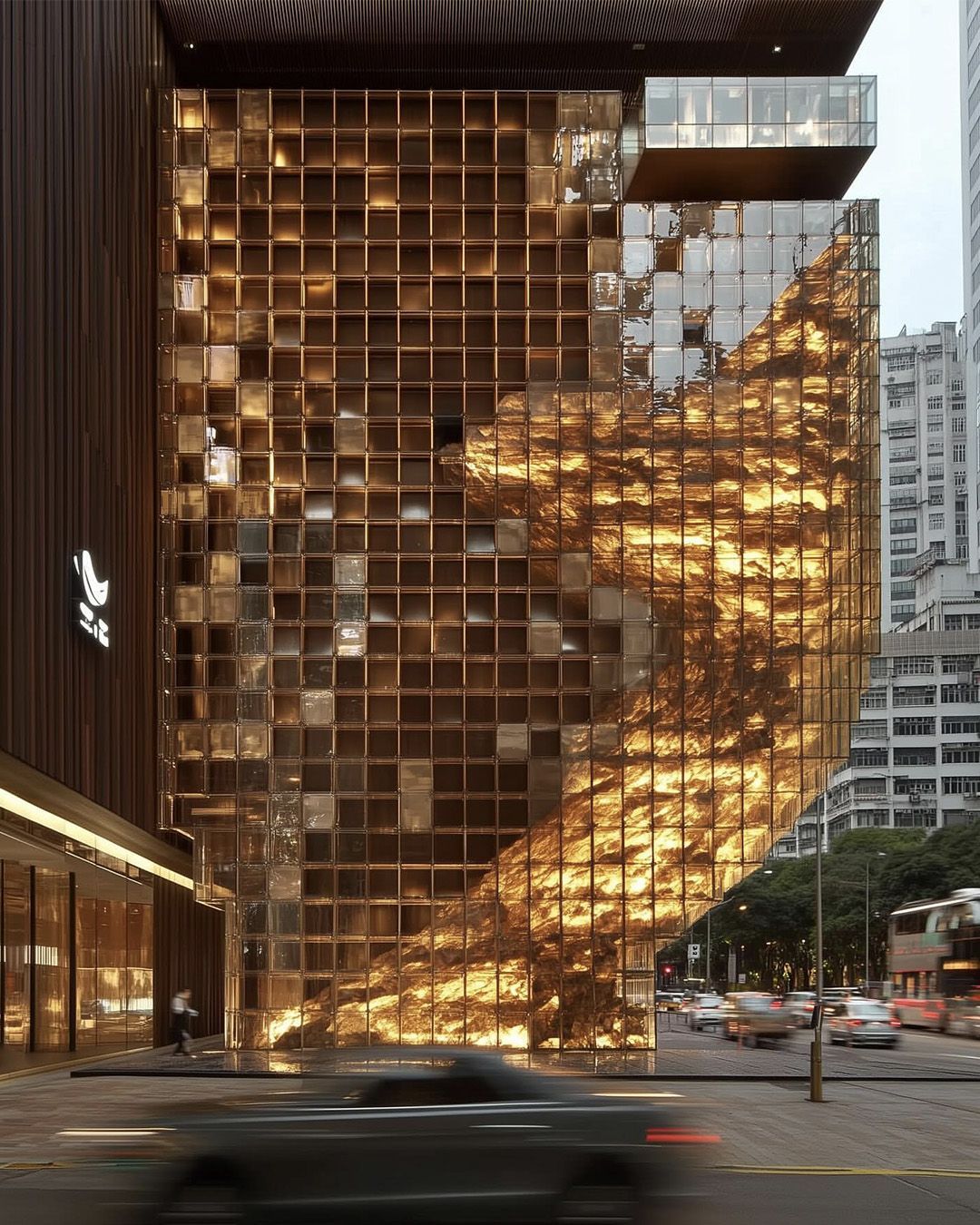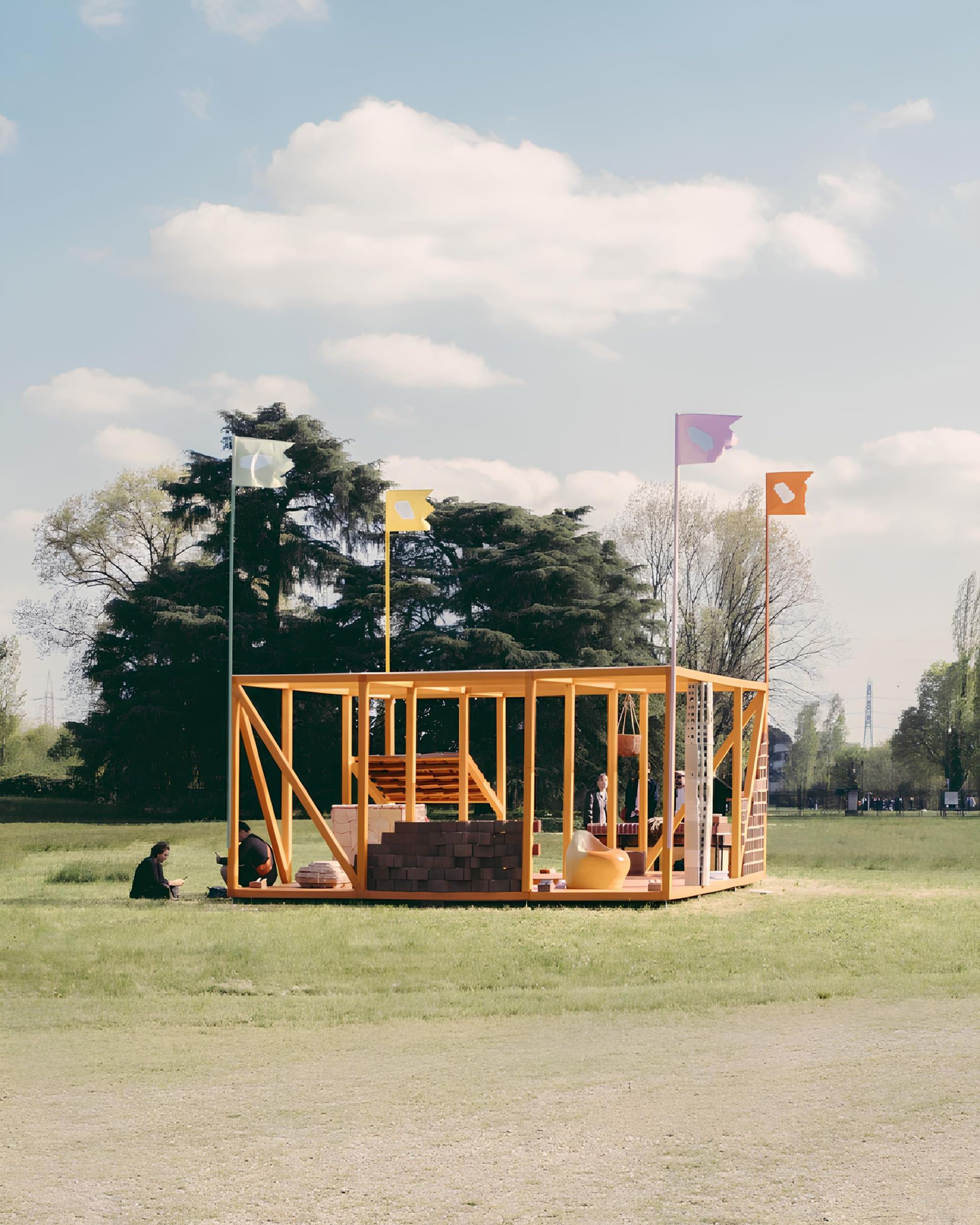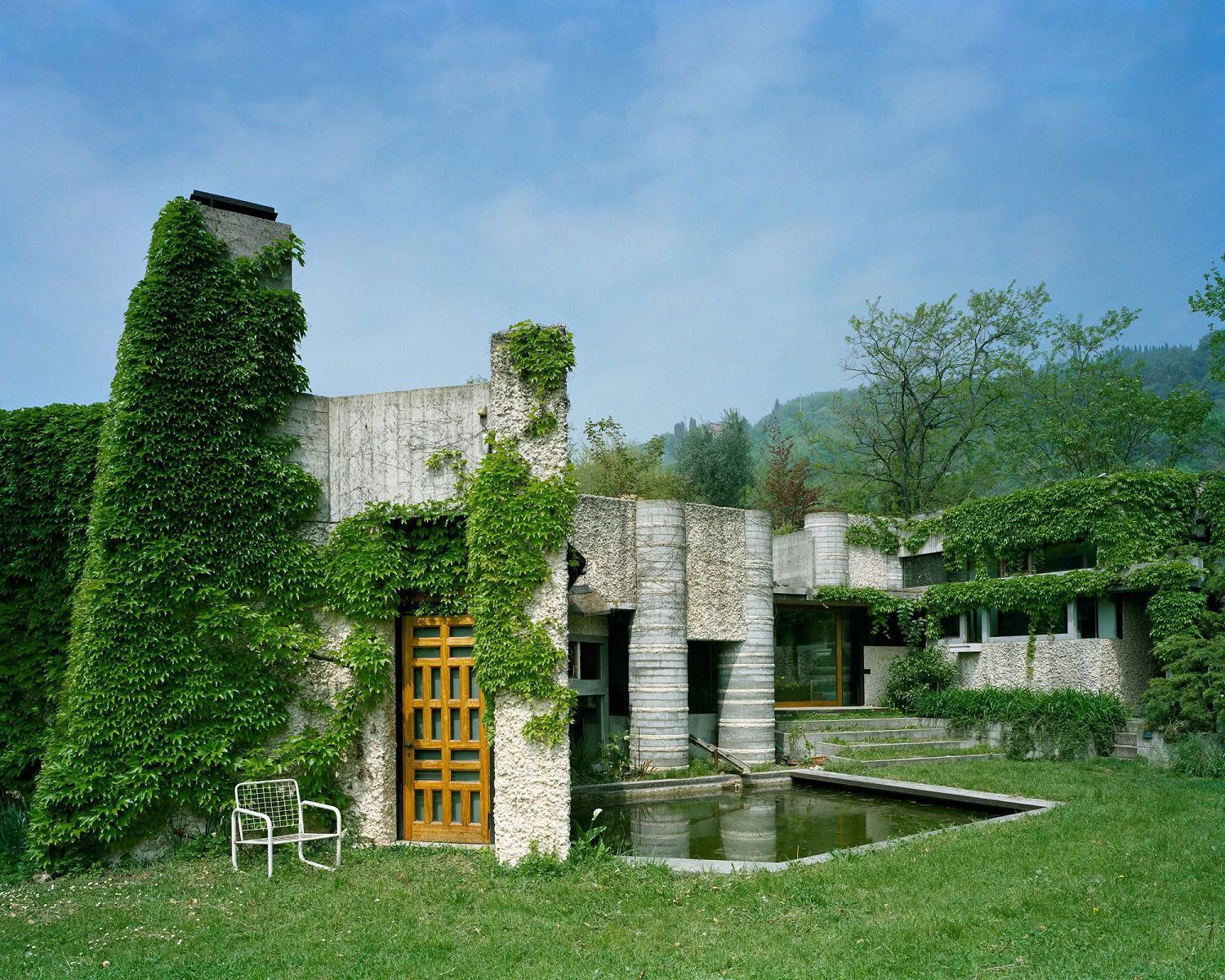
Villa Ottolenghi: "a great house whose roof is the sky" Designed by architect Carlo Scarpa, controversial and eclectic master of Italian modernism
A wandering that leads through many activities: designer of glass objects in Murano from the 20s to the 40s, author of architectures and installations for the Venice Biennale from the post-war period to the '70s, taught at the IUAV, creator of paths museographic and, finally, a designer of public and private buildings. Carlo Scarpa, Venetian, born in 1906, is one of the masters of modernism and one of the most particular figures of Italian architecture. Despite the architectural studies at the Academy of Fine Arts, in fact, does not have a real degree, a lack that the prosecutors, not only different judicial disputes for abuse of the profession, but also the blame of the colleagues of the university that nicknamed him "Byzantine master builder", alluding to his "anachronistic wisdom of building".
A man of great culture, his works are influenced by Klimt, Mondrian, Albers, Rothko, Hoffmann, Loos, but also by Frank Lloyd Wright with whom he shares the interest in Oriental art, expressed in his way to merge, decades before that it was fashionable in the West, different organic elements, in the management of space, in the alternation of light and shadow, in the chromatic superposition.
"The house must not rest on the ground, but rest, it must come from the ground," said Lloyd Wright, and these words must have echoed in Scarpa's mind so much that he inspired Villa Ottolenghi. Located in Bardolino, on the eastern shore of Lake Garda, this 1974 building looks like an ancient ruin, which is born, "from the ground, itself a piece of land with its roof-terrace stretched out on the lake". The morphological configuration of the area, bounded on the west by a steep slope, to the north and east by an embankment, has in fact suggested to the man to bury most of the house in the ground and to play with interesting design ideas. The most striking of them is the roof that becomes a habitable place, inspired by the farmyard of the Veneto farms, a brick surface with irregular pattern from which to admire the splendid surrounding landscape as if there were no borders, as if the real roof it was heaven. Pure poetry.
Everything, in this project set in the hills of Valpolicella, tells the beauty that coexists with ingenuity. Everything speaks, paraphrasing Scarpa's words, of a conception of architecture as harmony, like a beautiful woman's face, mysterious, difficult to understand and, at the same time, wonderful. The terms that make up this intricate language are the access of the villa, a split at the same level of the roof, from which light the underground rooms, to the floor organized in gradients that follow the slope; the surfaces of the windows reflecting the mirrors of water (typical compositional element of Scarpa's architecture) multiply the walls of the house, as happens in the Venetian palaces, the nine giant cylindrical pillars, built with cement, Prun and Trani stone , which support the roof, shape the living room and underline changes in height between living areas, kitchen, dining room and bathroom that otherwise seem to lack separation. Villa Ottolenghi is a unique construction, a perfect example of how Scarpa is able to channel the relationship between natural, artificial and human life in his work.










































